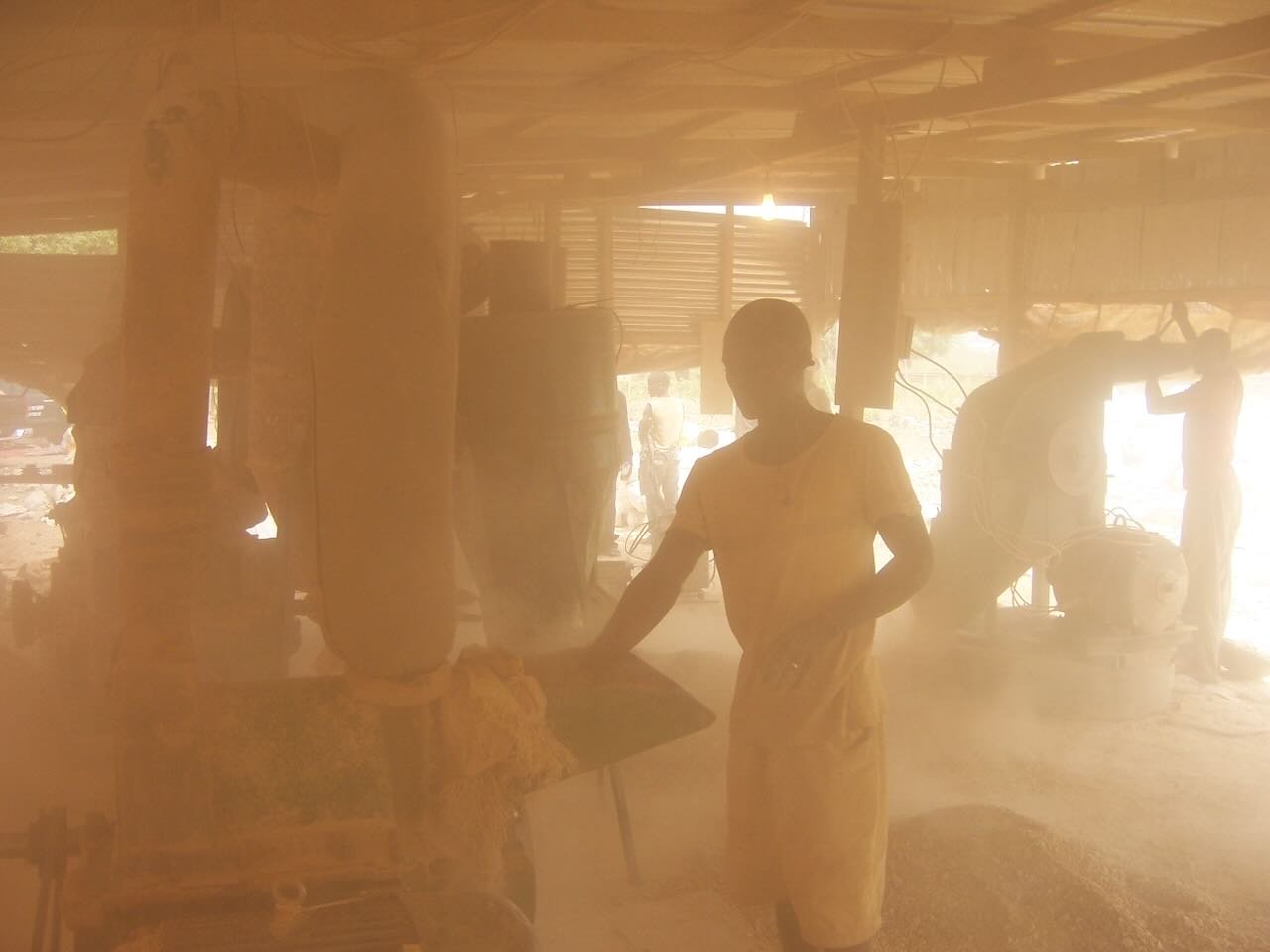Mining
Background
Mining and smelting are responsible for some of the largest releases of heavy metals into the environment of any industry. These operations also release other air pollutants including sulfur dioxide and nitrogen oxides in addition to leaving behind tons of waste tailings, slag and acid drainage. Occupational and environmental exposure to heavy metals, silica, and asbestos can occur during mining and milling operations. The smelting process (extracting the metal from the ore) is associated with the highest exposures and environmental releases.
The hazards to human health caused by exposure to heavy metals – including lead, cadmium and mercury – have been thoroughly documented. These metals are associated with a range of neurological deficits in both children and adults in addition to a range of other systemic effects. Exposure to airborne silica and asbestos can cause lung cancer, pneumoconiosis and numerous other health effects.
While pollution controls can minimize exposures to workers and surrounding communities, these safeguards are often absent in mining and smelting operations in low and middle-income countries. Even relatively efficient mining operations result in enormous waste, emissions to air and water, and a legacy of environmental contamination in nearby communities. Around the world, unsafe mining and smelting practices have been responsible for a continuing series of environmental and human health disasters, which cause great human tragedy and undermine social stability, economic development and sustainability goals.
Artisanal mining employs about 50 million miners in more than 80 countries. Estimates are that these small operations produce approximately 20% of the world's gold supply, 26% of tantalum, 25% of tin, 6% of tungsten and a significant portion of cobalt and other metals.
Artisanal small-scale gold mining utilizes significant quantities of mercury to extract gold from the ore. Exposure to mercury in these operations not only endangers miners and their families, but is also detrimental to the environment when deposited into the water supply.
Children Are Most Susceptible
Children suffer a disproportionate share of the disease burden imposed by mining pollution. The International Labour Organization (ILO) estimates that 160 million children are involved in child labor and that about half work in hazardous conditions. Children in Asia, South America, and Africa participate in the mining of gold, tin, gems and other metals. According to the United Nations Environment Program (UNEP), small-scale gold processing operations in developing countries employ millions of women and children. Children, who are more susceptible to the impacts of heavy metals, tend to have higher exposures and generally account for the majority of deaths and disease associated with mass poisoning incidents from these operations. Studies have documented that children involved in mining have higher exposures to mercury, lead, and other metals and suffer severe lead and mercury intoxication.
Outsourcing Mining and Ore Processing – A Growing Problem
In recent decades the U.S. and other wealthy countries have gradually shifted the most polluting aspects of the mining industry to low and middle-income countries. This shift is particularly clear in the case of lead ore processing. Today the U.S. exports almost all of the lead ore it mines for processing in countries with weaker environmental and occupational regulations and limited resources for enforcement. This trend has accelerated since the last primary lead smelter in the U.S. closed in 2013.
Moreover, changes in the global economy threaten to increase the harm caused by unsafe mining and smelting practices. Growing demand for metals for the “green” energy transition and increasing commodity prices are encouraging expansion of both formal and small-scale mining around the world.
The development of large lithium-ion batteries for use on the electricity grid is significantly increasing the demand for lithium, cobalt, nickel, manganese and other metals. This trend is accelerating along with the increase in production of electric vehicles.
Miners in Nigeria grinding gold ore with significant exposures to lead and silica dust.
Five Steps to Safer Mining
Artisanal small-scale miners are often self-employed and considered “informal sector” workers that are generally unregulated. However, millions of informal miners experience much greater hazards on the job than miners do in most industrial mining operations.
It would be difficult to make artisanal mining “safe” but there are some simple steps that can greatly reduce exposures to the hazardous dust containing silica and often a mix of metals.
See the brief guidance document Five Steps to Safer Mining for additional information on simple practices to reduce these exposures.
Reduced lead and silica dust exposures were measured following the introduction of wet spray misting equipment in OK International’s pilot project site in Nigeria.
Grinding and crushing operations in gold processing result in unsafe exposures to lead, arsenic, and silica dust.



